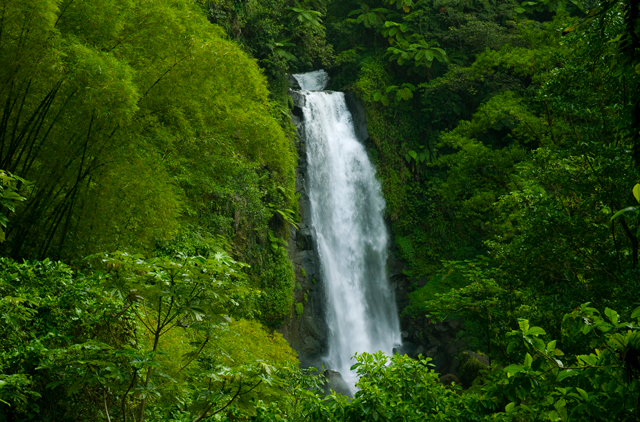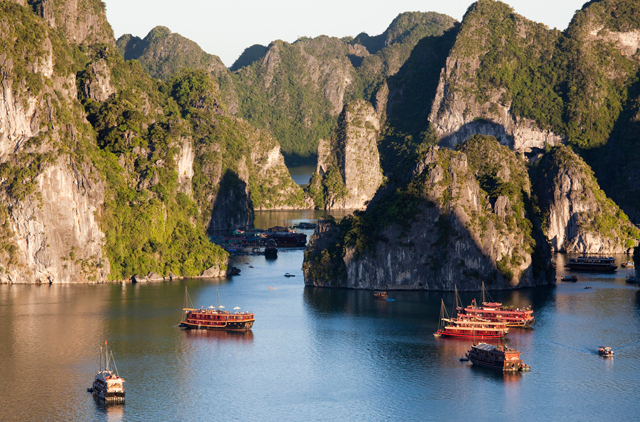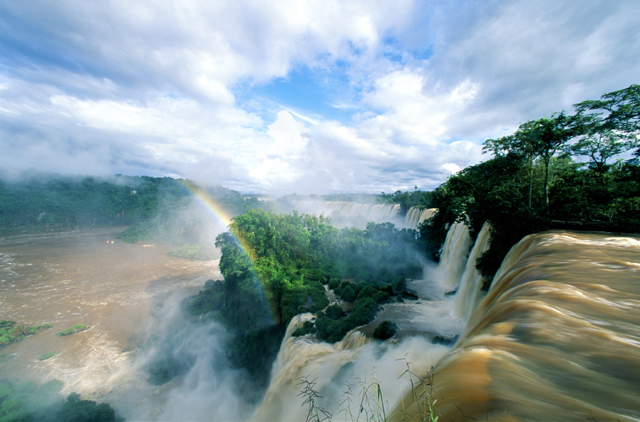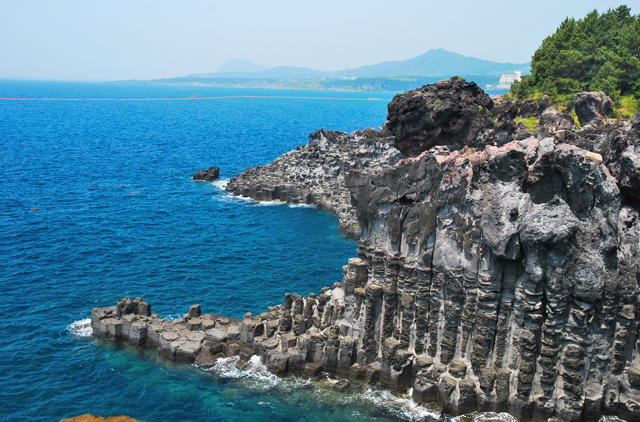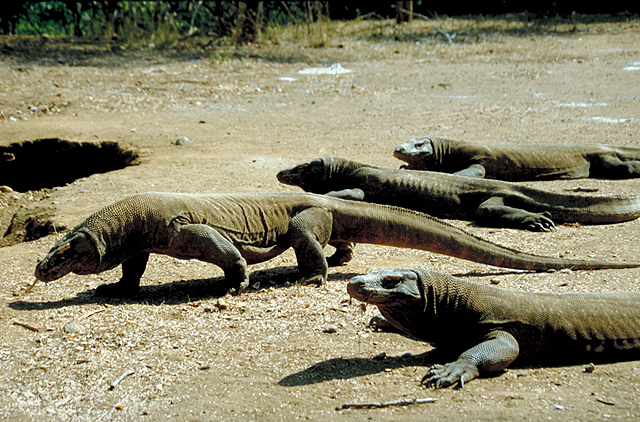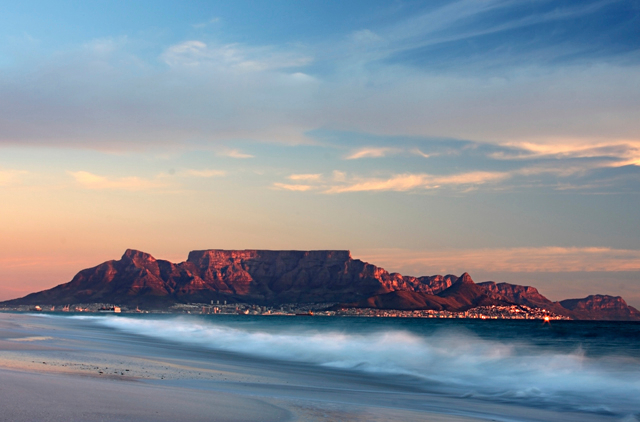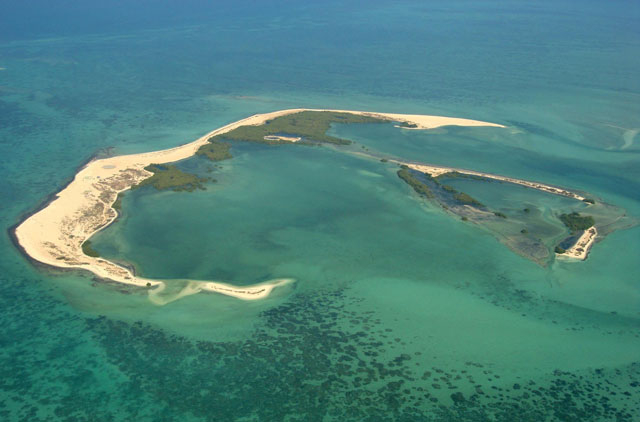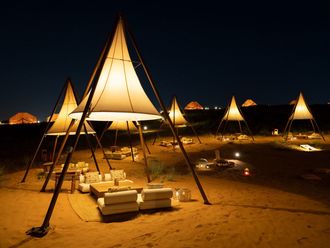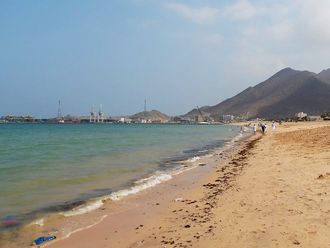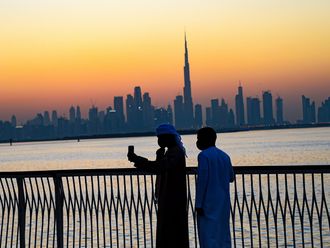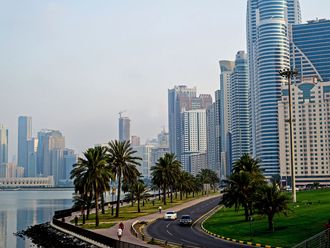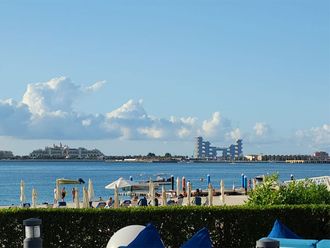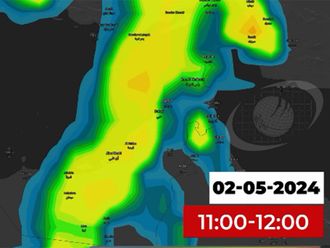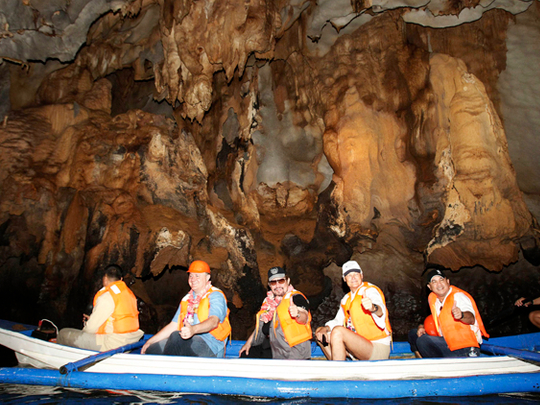
Dubai: The Amazon rainforest and the Philippines’ Puerto Princesa Undergound River were named among the new seven wonders of nature, while Abu Dhabi’s Bu Tinah Island settled for a place among the top 14 finalists of the global poll.
Bu Tinah was the only finalist representing the Gulf region among 28 finalists in total, from an original 447 sites from around the world. Competing countries have launched a massive vote campaign in hopes of dominating the poll.
Vietnam's Halong Bay and Argentina's Iguazu Falls were also named among the world's new seven wonders of nature, according to New7Wonders organisers.
The other three crowned the world's natural wonders are South Korea's Jeju Island, Indonesia's Komodo and South Africa's Table Mountain, said the New7Wonders foundation, citing provisional results. Winners ecstatic over outcome
The New7Wonders Foundation in Zurich, Switzerland, the organiser of the global vote, explained in a statement posted on its website that the names of the seven wonders have been announced in alphabetical order and they do not have any ranking.
Final results will be announced early 2012, said the Swiss foundation, warning however that there may yet be changes between the provisional winners and the final list.
The results come after a long consultation process lasting from December 2007 to July 2009, when world citizens were asked to put forward sites which they deemed were natural wonders.
More than a million votes were cast to trim the list of more than 440 contenders in over 220 countries down to a shortlist of 77.
Campaign for Bu Tinah
The Environment Agency-Abu Dhabi (EAD) had conducted an extensive campaign to encourage people to vote for Bu Tinah. The campaign received support from the UAE rulers and every section of the society.
Bi Tinah Island is a habitat for seven groups of plant and animal species such as coral reefs, dugongs, natural mangroves, hawksbill turtles, dolphins, ospreys and socotra cormorants.
Located around 130km west of Abu Dhabi, it was established as a natural reserve in 2001 and then accepted by Unesco as a core area within the Marawah Marine Biosphere Reserve in 2007 — the first such reserve in the region.
EAD officials said they were not bothered by the results of vote because the campaign for Bu Tinah Island had already born the fruits in terms of the awareness about biodiversity and environmental conservation.
"People who thought the UAE's natural environment was not beyond desert were astonished to know that the country has the second largest population of dugongs, globally significant presence of endangered hawksbill turtles, 13 types of dolphin species and significant presence of mangroves," a senior EAD official told Gulf News.
The new world wonders
Amazon rainforest: The forest covers over a billion acres, encompassing areas in Brazil, Venezuela, Colombia, Ecuador and Peru. At least 40,000 plant species, 3,000 freshwater fish species and more than 370 reptile species exist in the Amazon.
Halong Bay: Vietnam's attraction is made up of 1,600 islands and islets. The islands are dotted with caves, most of which can only be reached by a charter boat. It was first listed as a Unesco World Heritage Site in 1994.
Iguazu Falls: The site in Argentina is a network of 275 different waterfalls spanning an area that is 3 kilometres wide. The part with the largest volume of water is the narrow horseshoe of the Devil's Throat, which cradles between Argentina and Brazil. Unesco declared the Iguazu Falls as a World Heritage Area in 1986.
Jeju Island: South Korea's subtropical volcanic island is located 130 kilometres off the southern coast of the Korean Peninsula. It is known for its scenic mountains, waterfalls, forests, caves and beaches. In 2002, Unesco declared Jeju a "biosphere reserve", and listed it as a World Natural Heritage Site in 2007. In 2010, it was awarded "geopark" status.
Komodo: Indonesia's Komodo island is famous for its unique fauna and its unusual inhabitant, the Komodo dragon, which is considered the world's largest living lizard. Komodo island also features a beach with pink sand - one of only seven in the world.
Puerto Princesa Underground River: The underground river in the Philippines is reputed to be the longest navigable underground river in the world. It can be reached through an organised boat ride. To enter the river, one needs to go on a short hike from Sabang town in Puerto Princesa. One of the river's distinguishing features is that it emerges directly into the sea, and its lower portion is subject to tidal influences. The area has some of the most important forests in Asia and is home to more than 250 bird species, 800 plant species and at least 295 types of trees. It was declared a World Heritage Site in 1999.
Table Mountain: This tourist hotspot in South Africa is a level plateau edged by impressive cliffs. The plateau forms a dramatic backdrop to Cape Town. The mountain's vegetation landscape, home to at least 2,200 plant species, is a protected area and is a World Heritage Site.
With input from agencies


